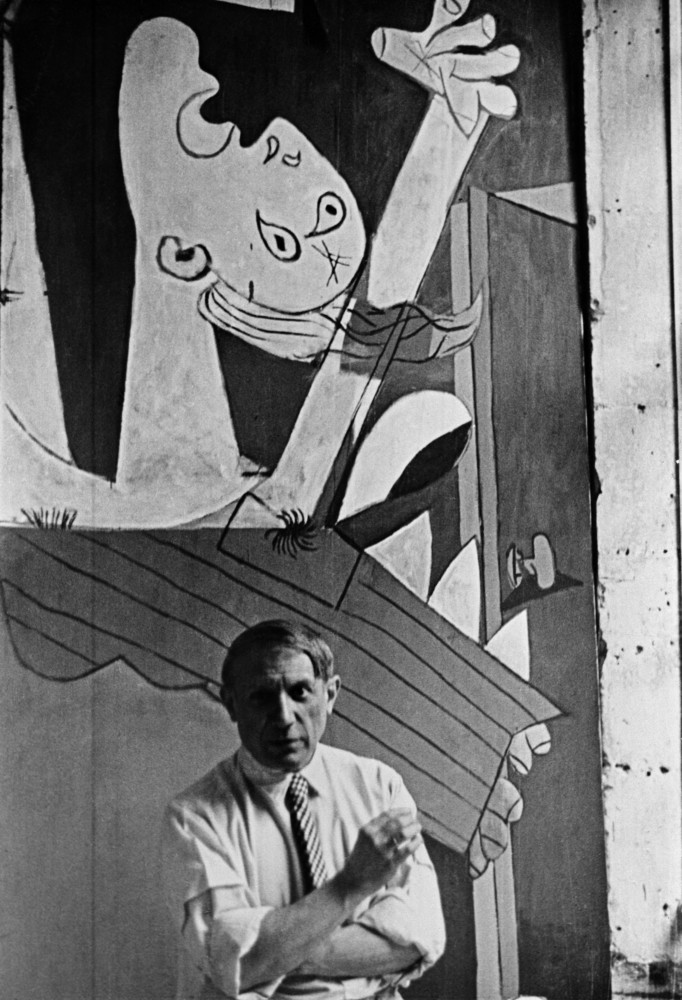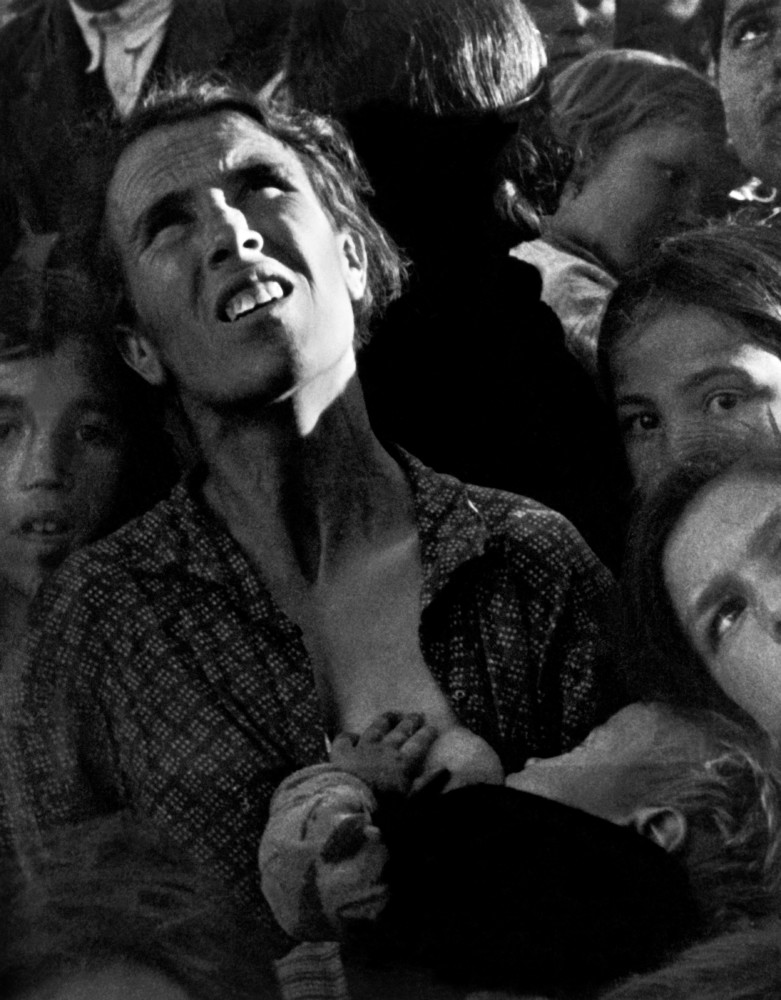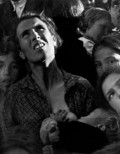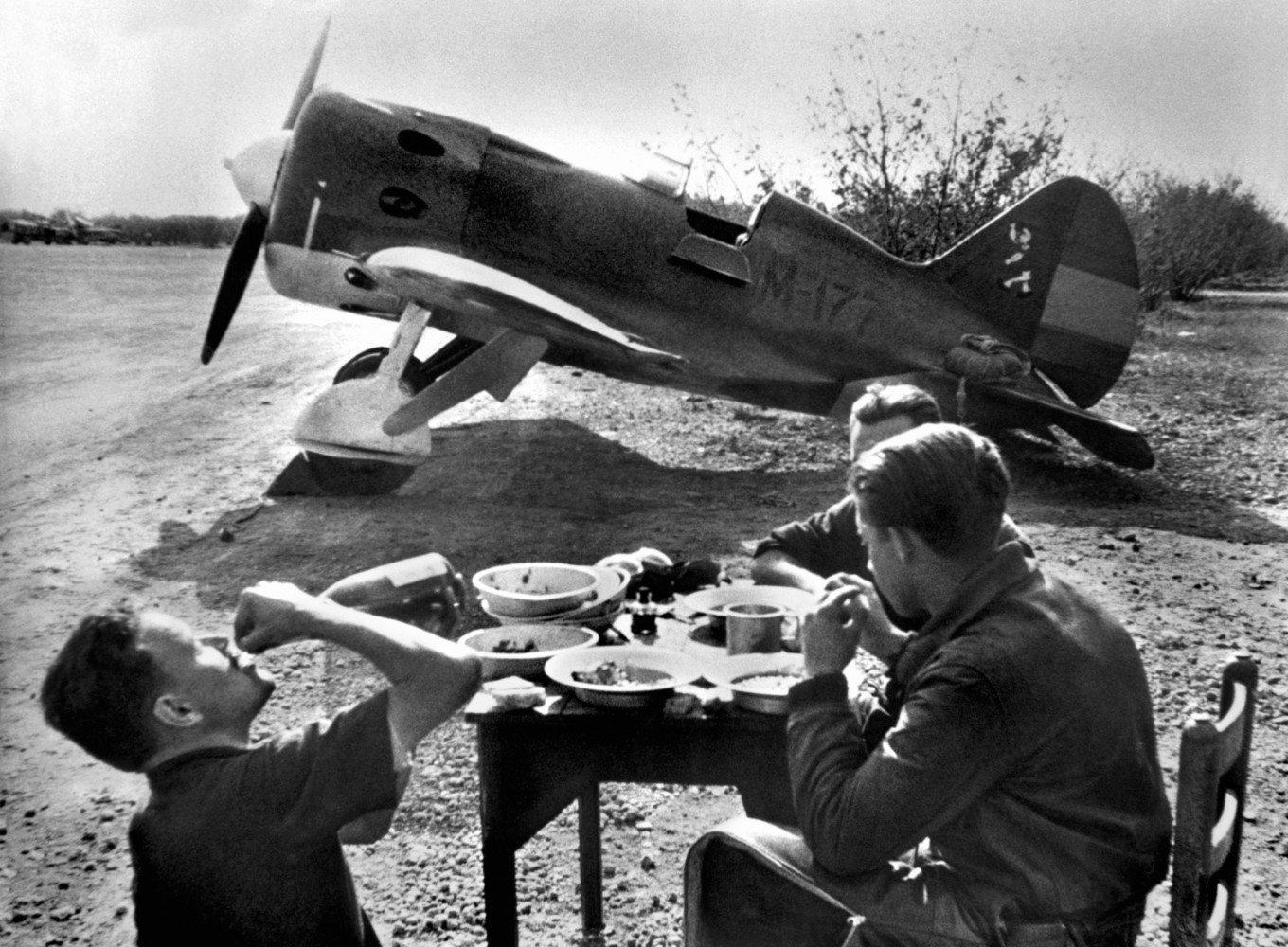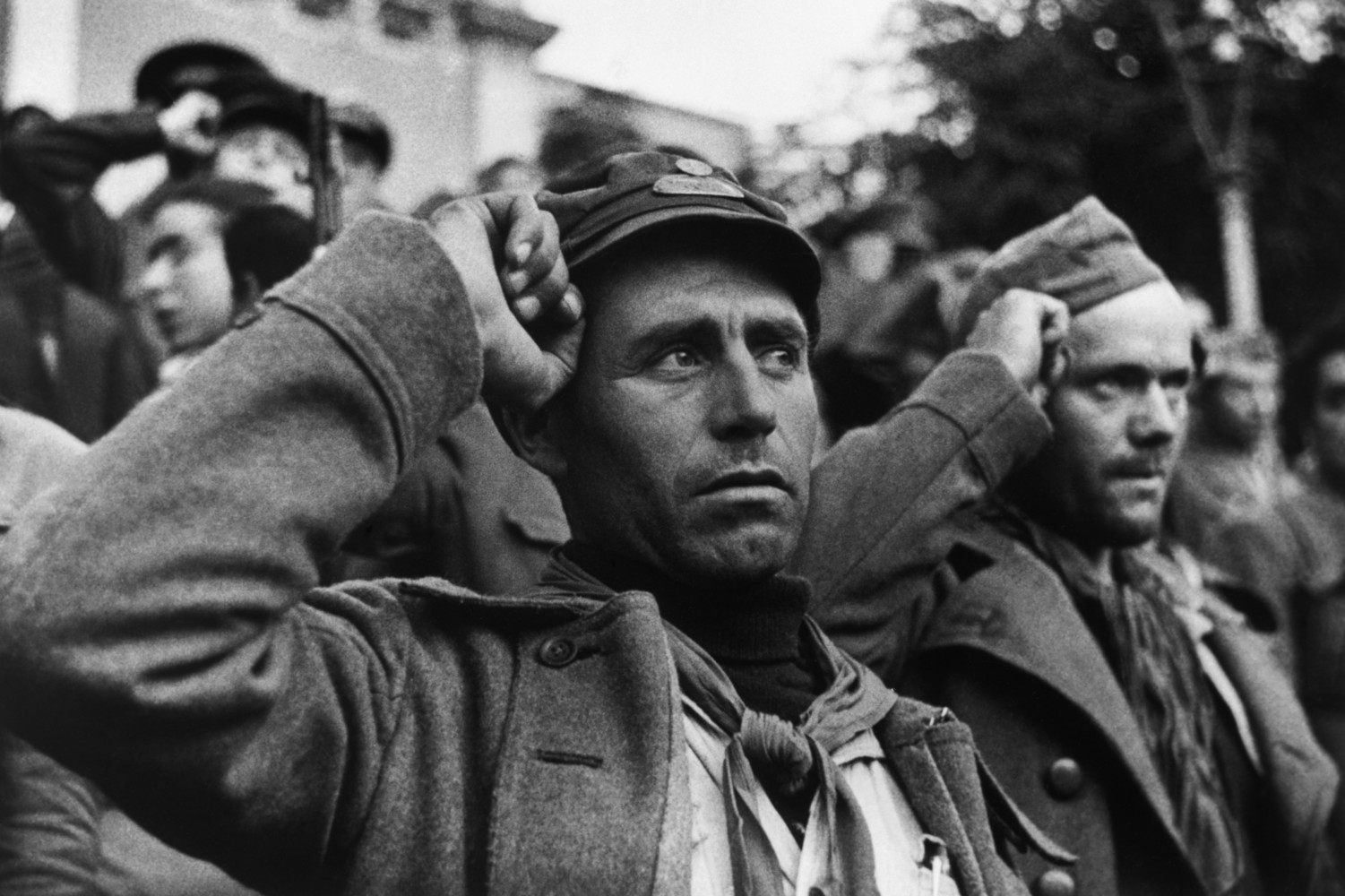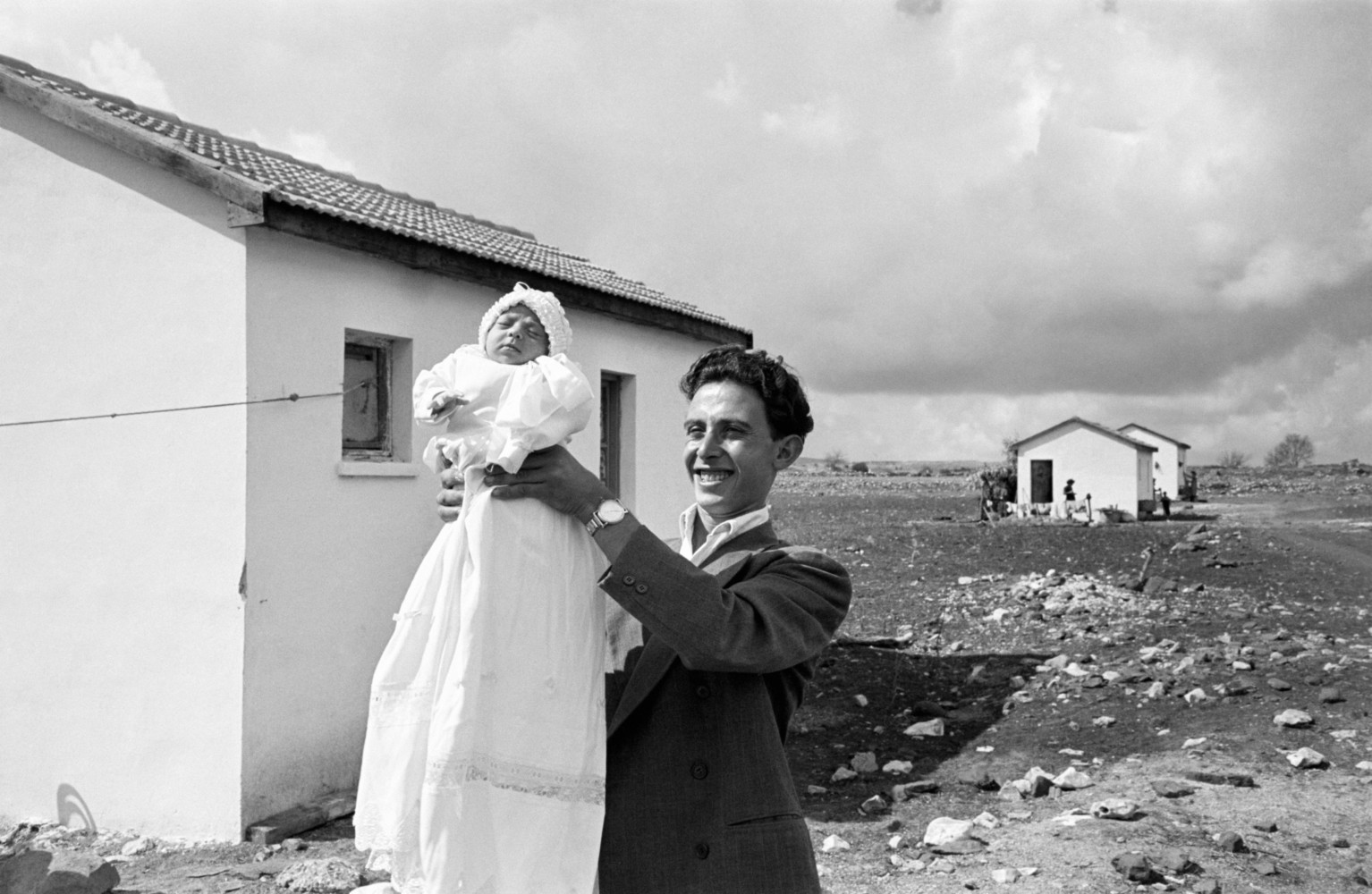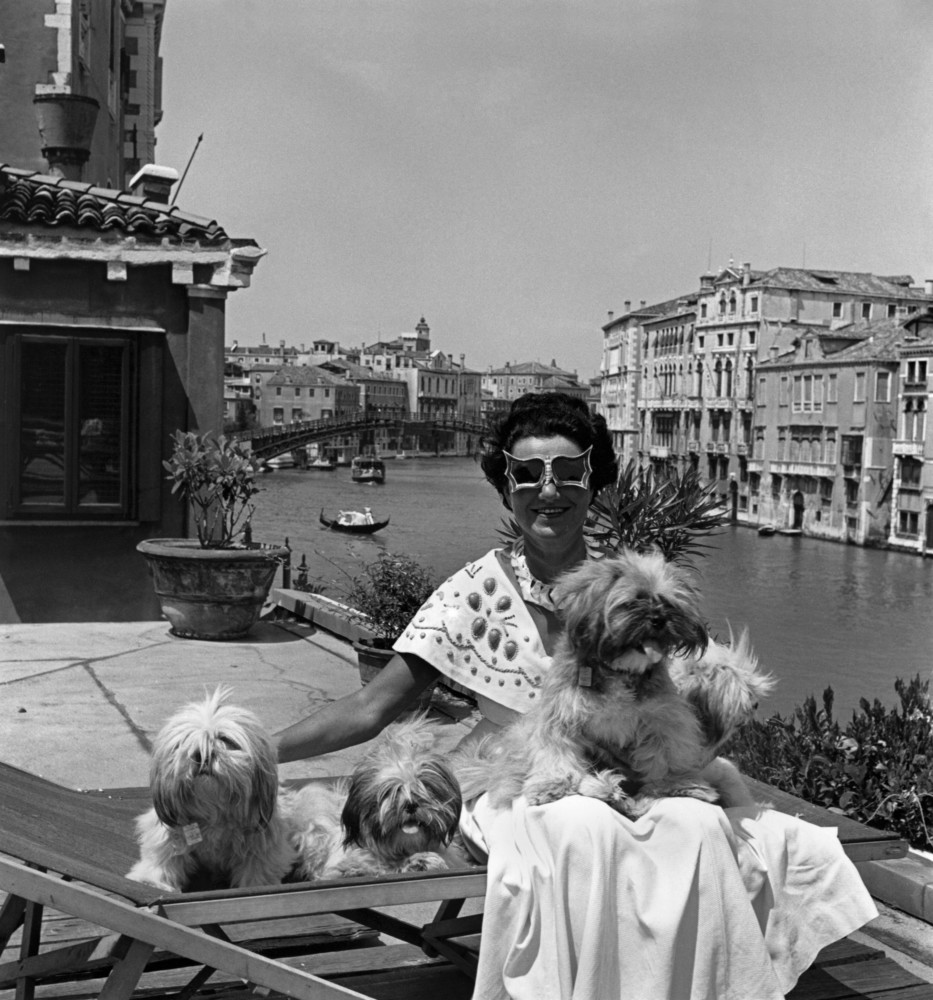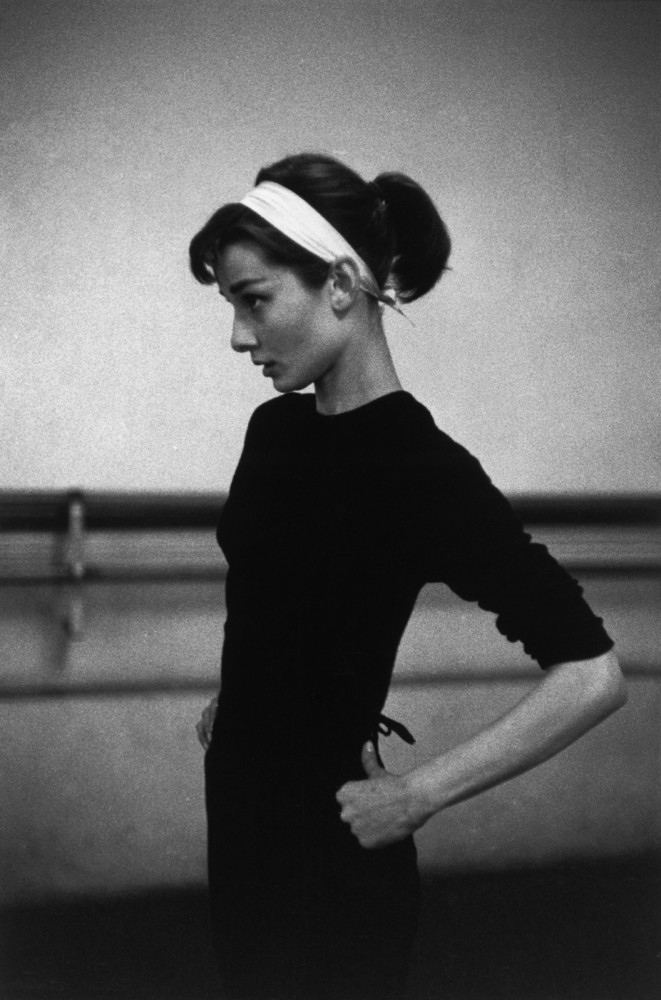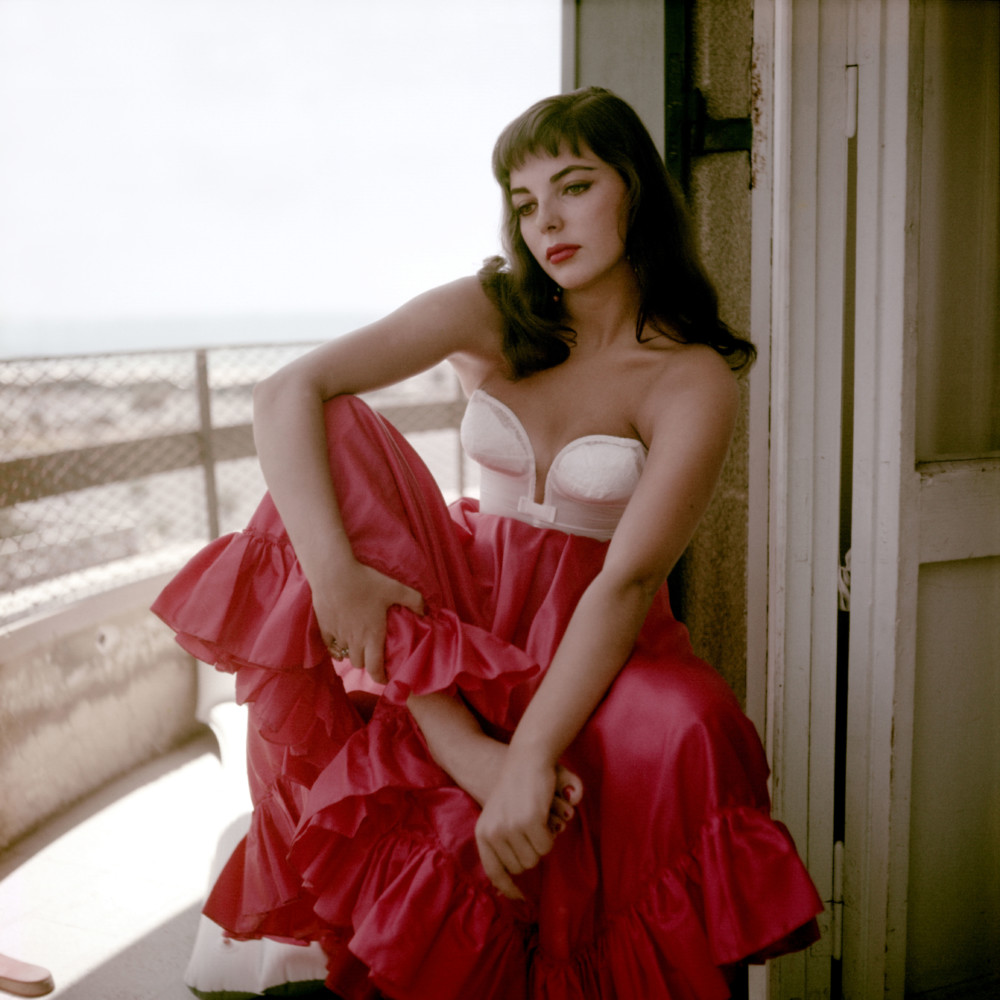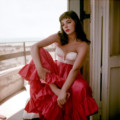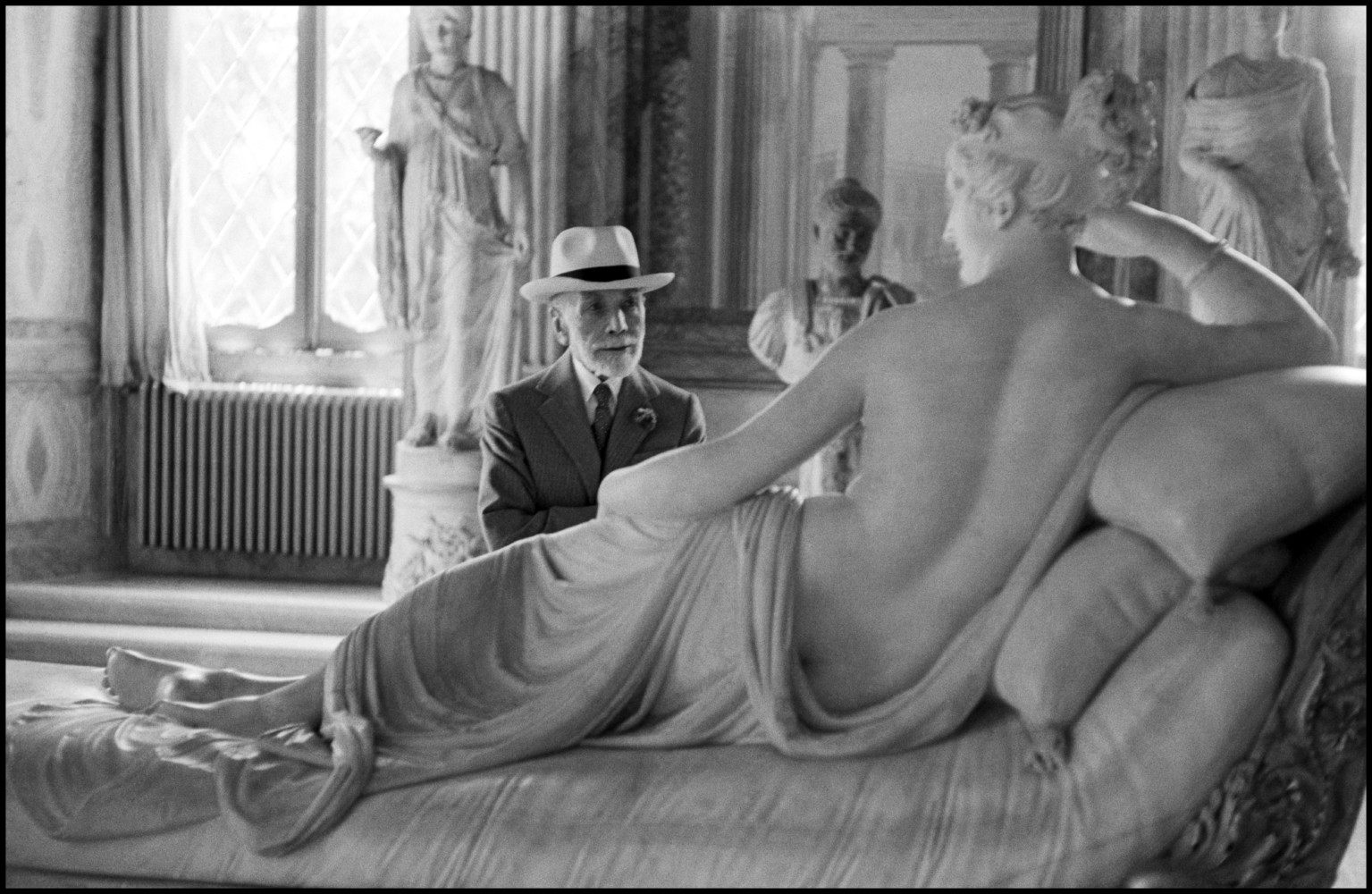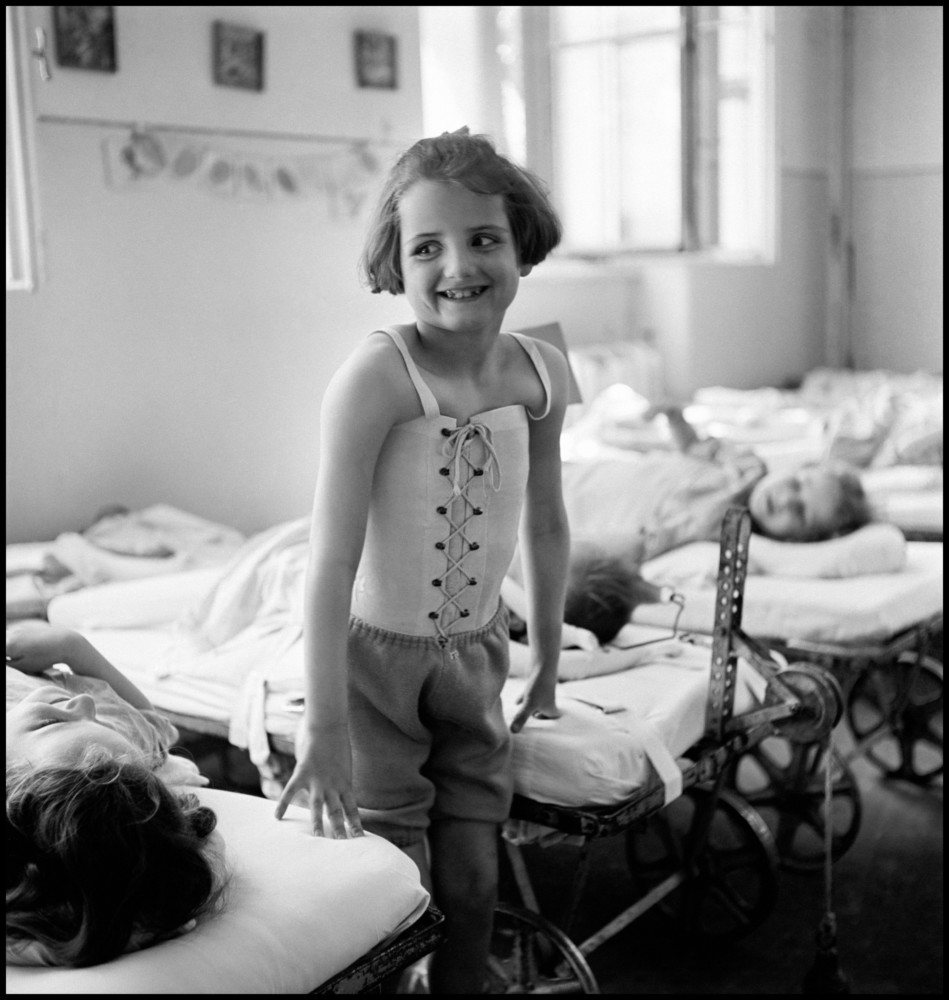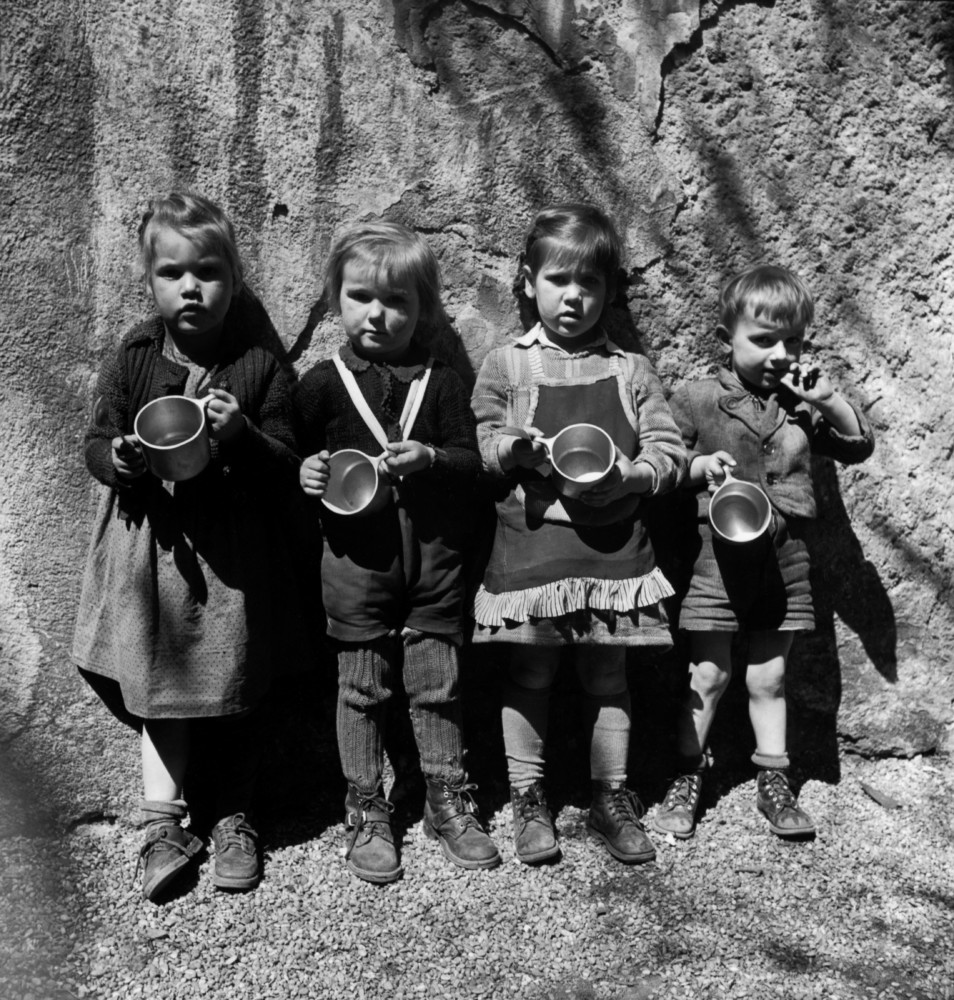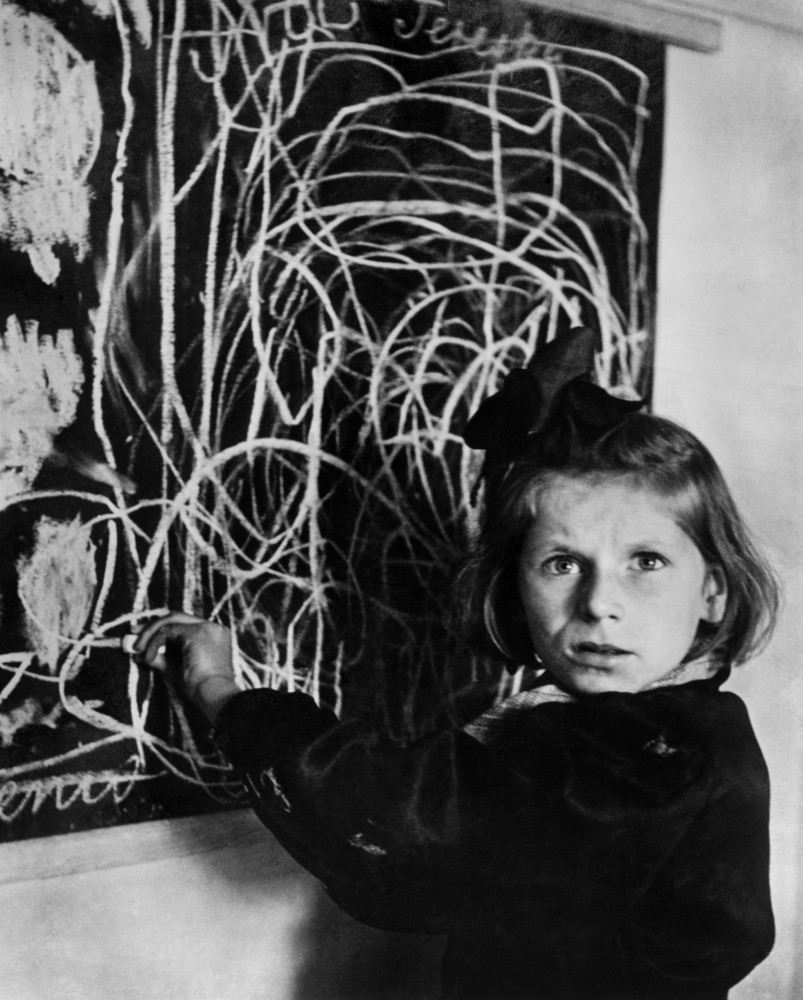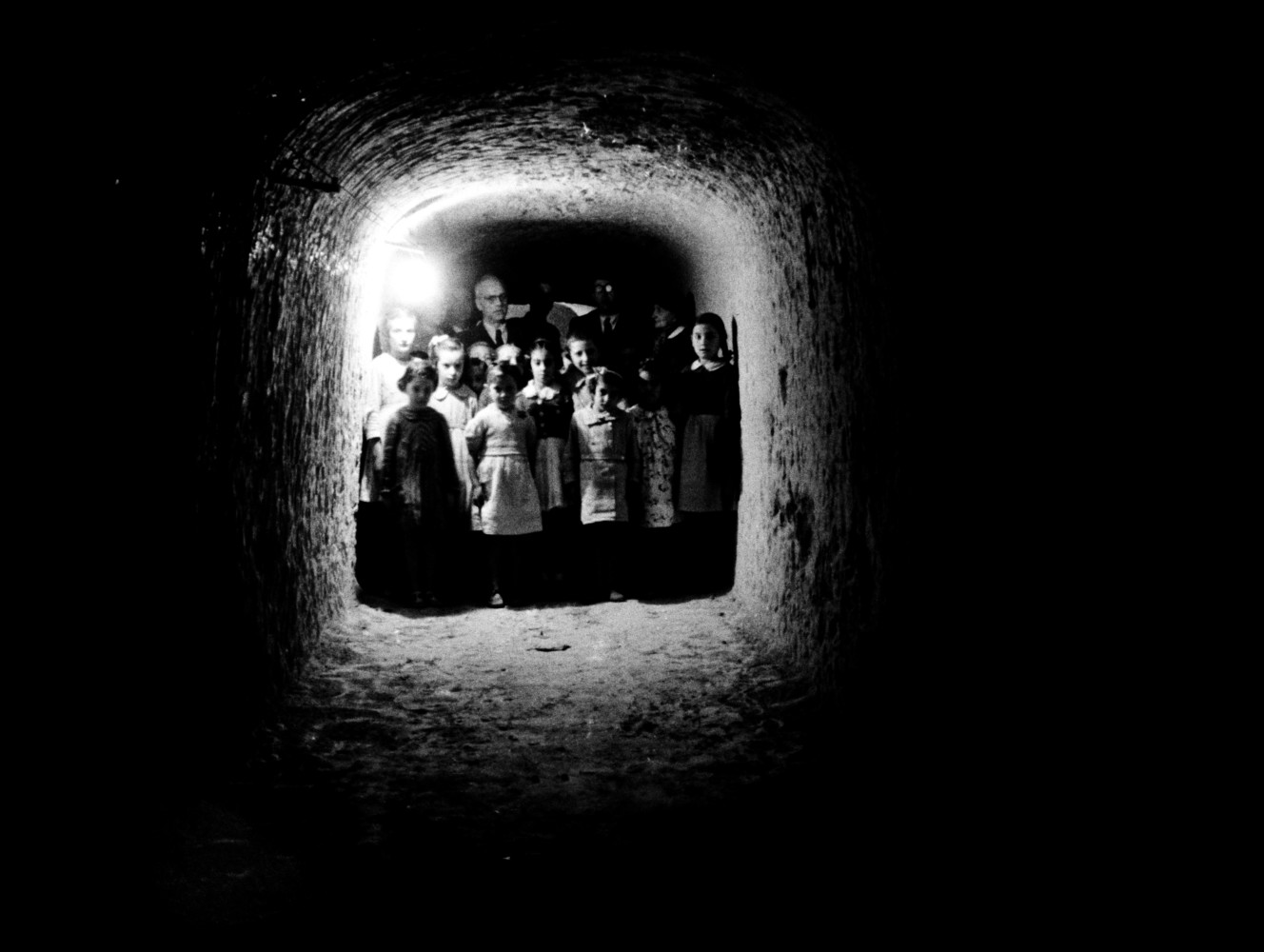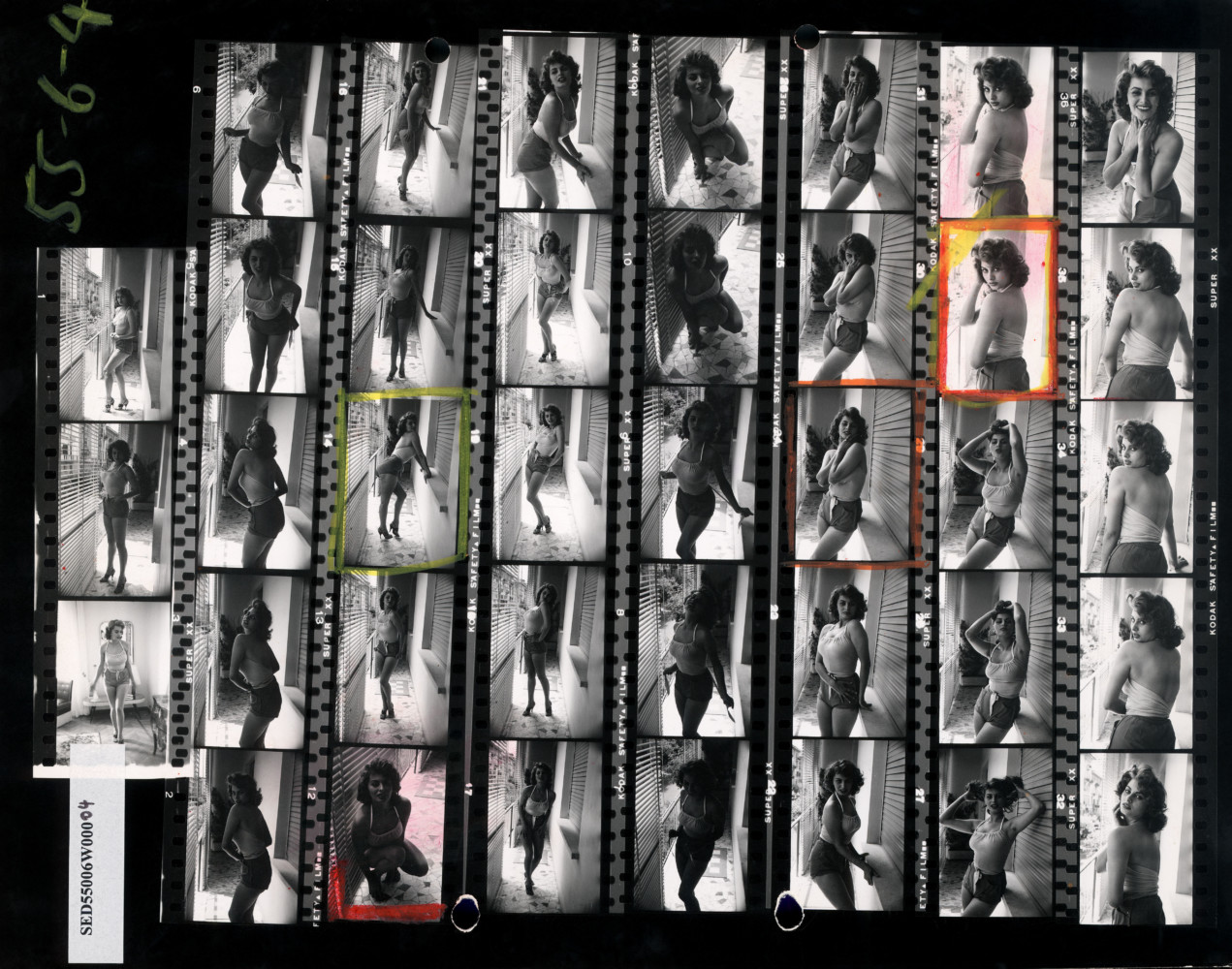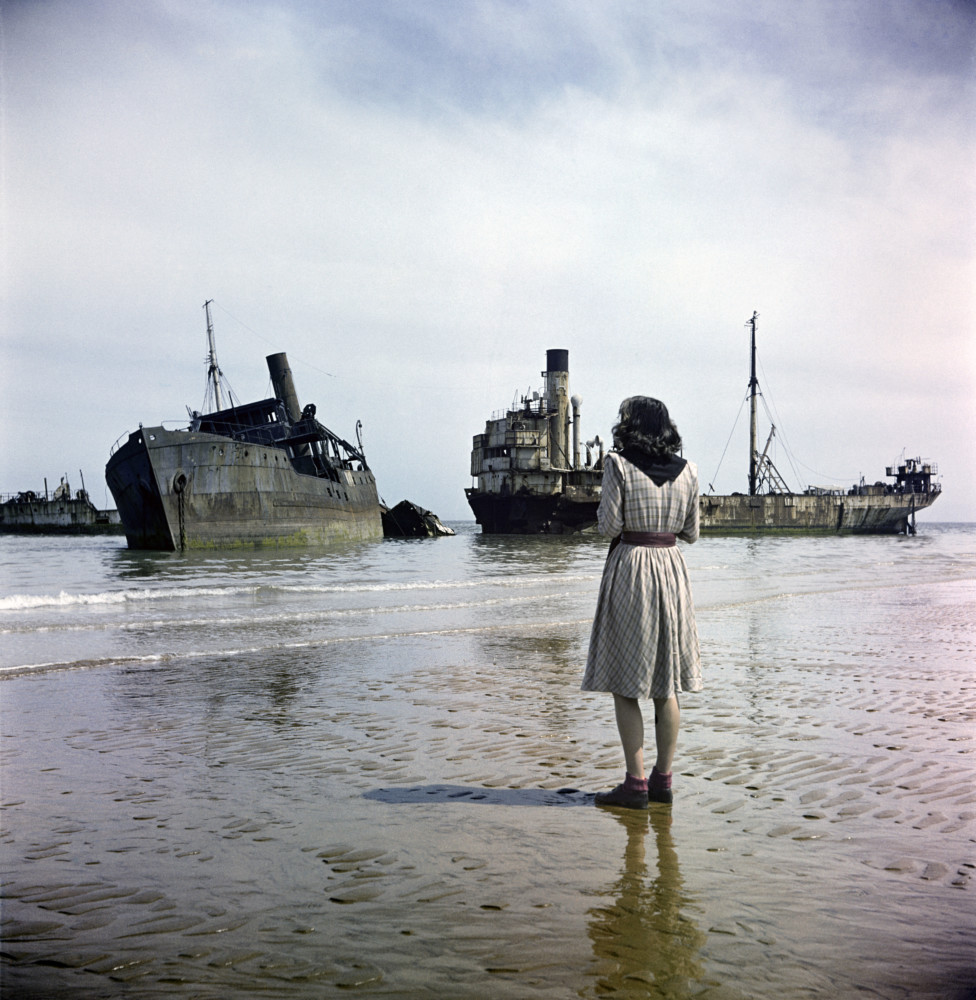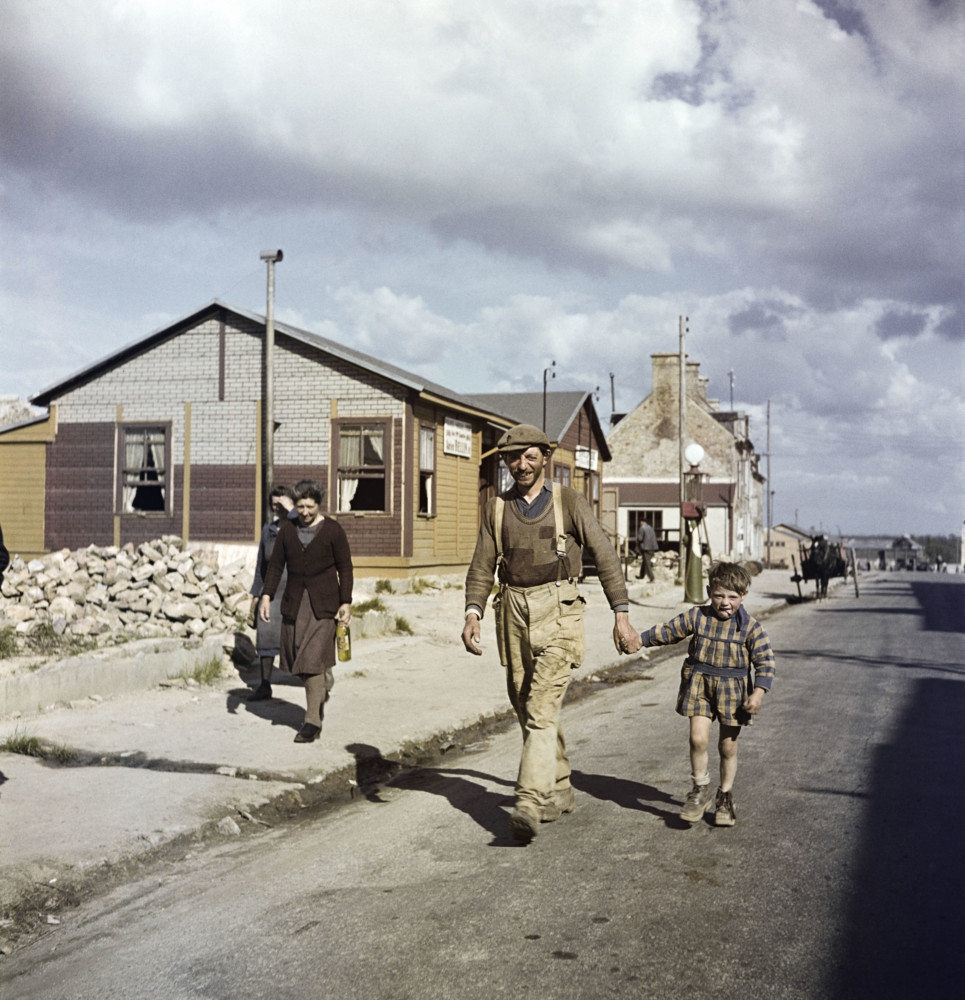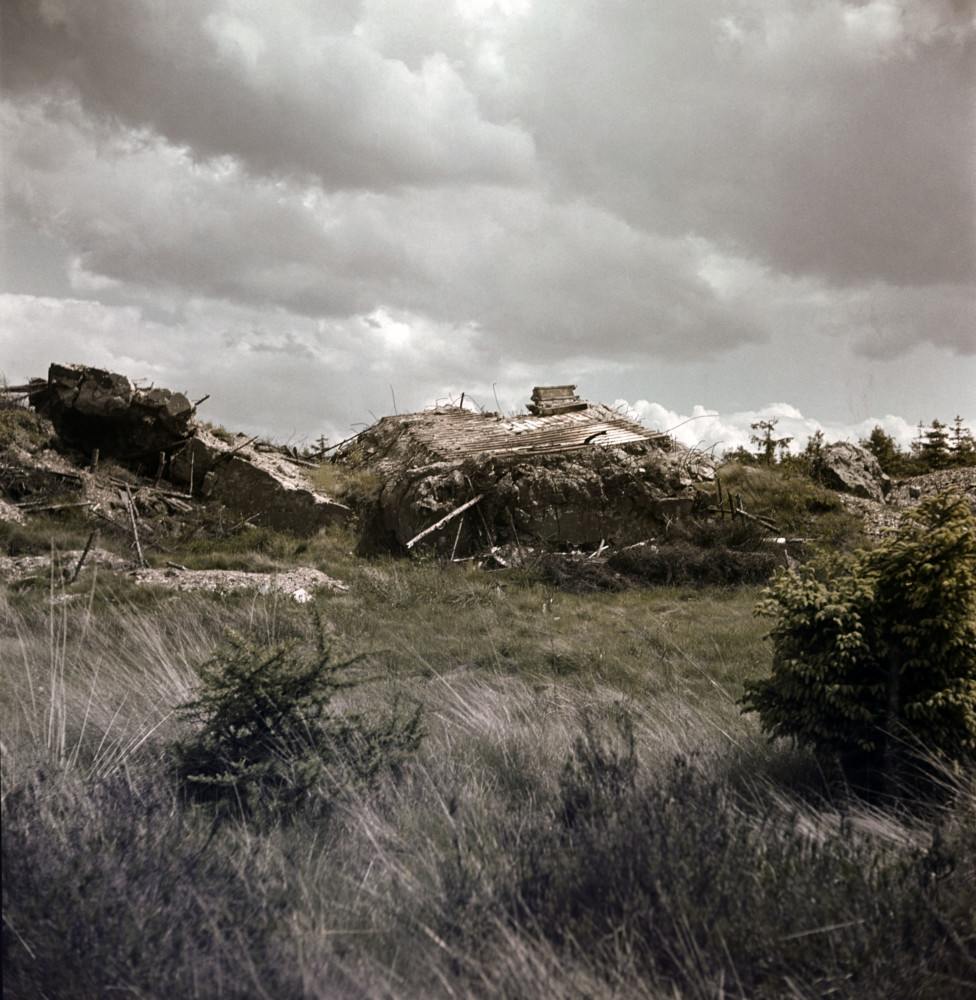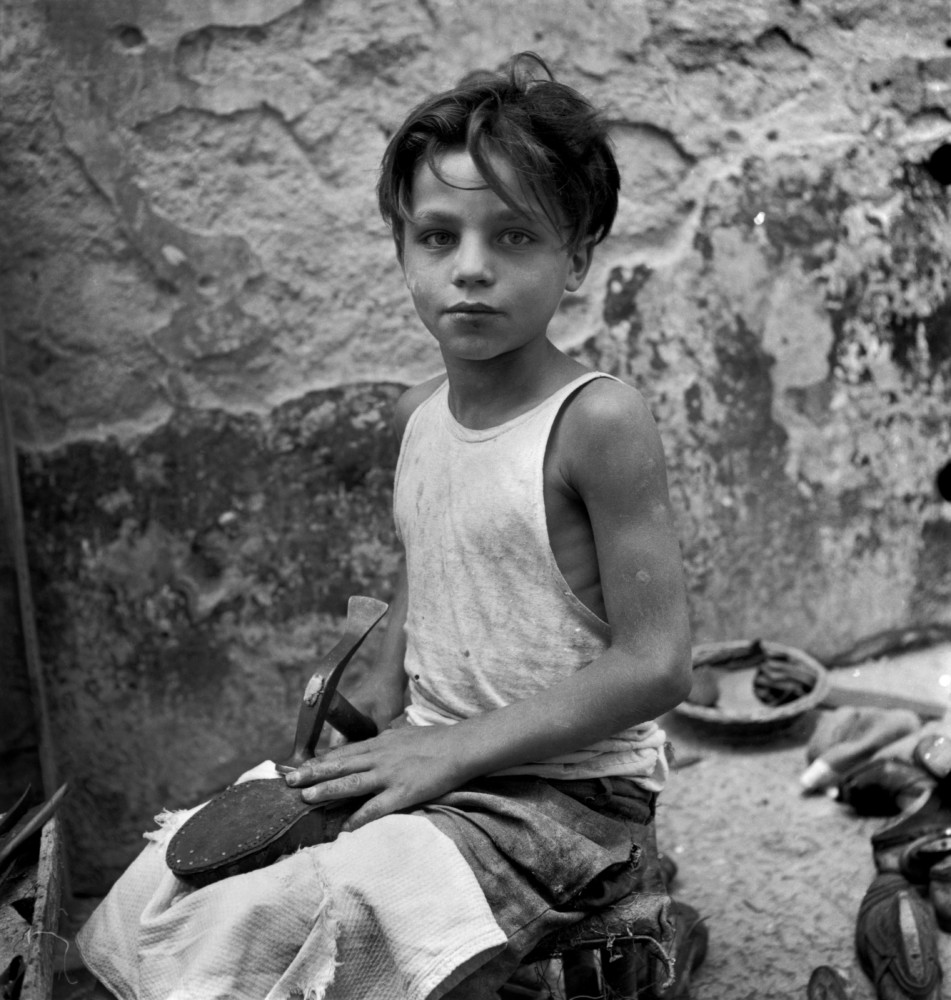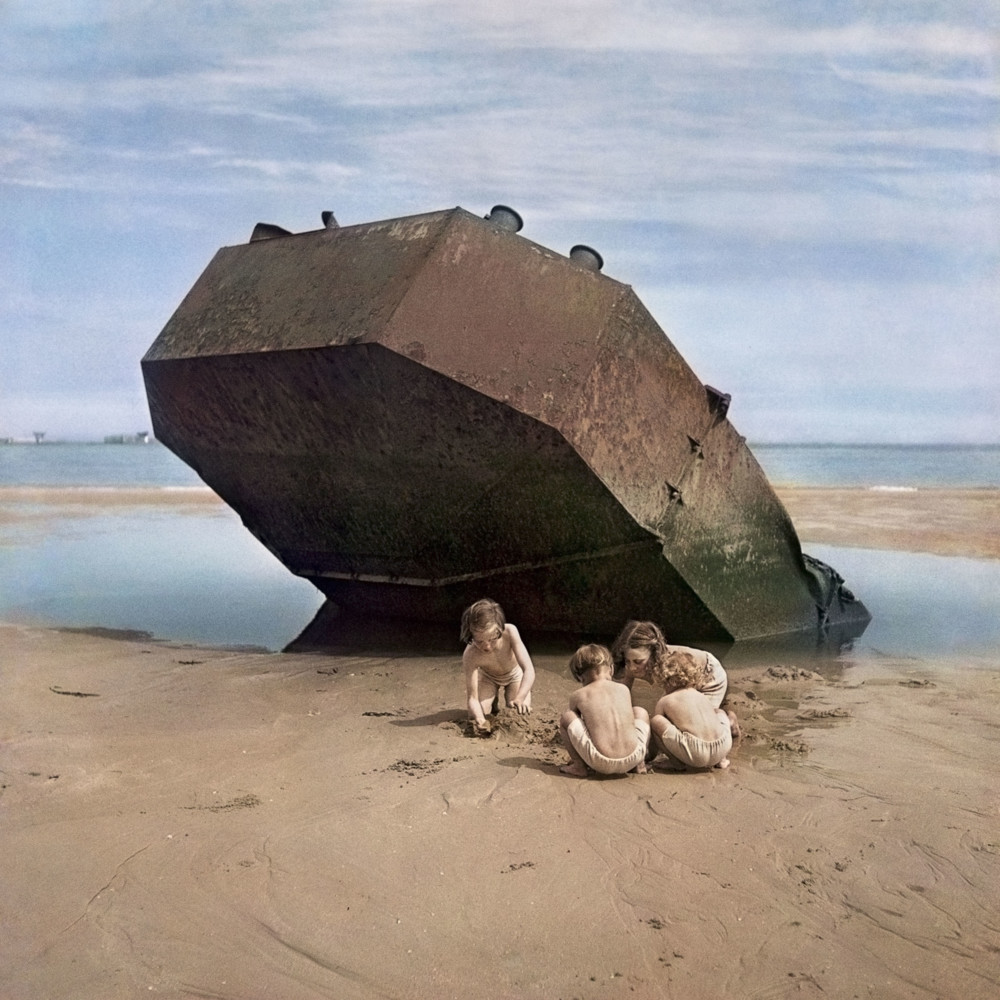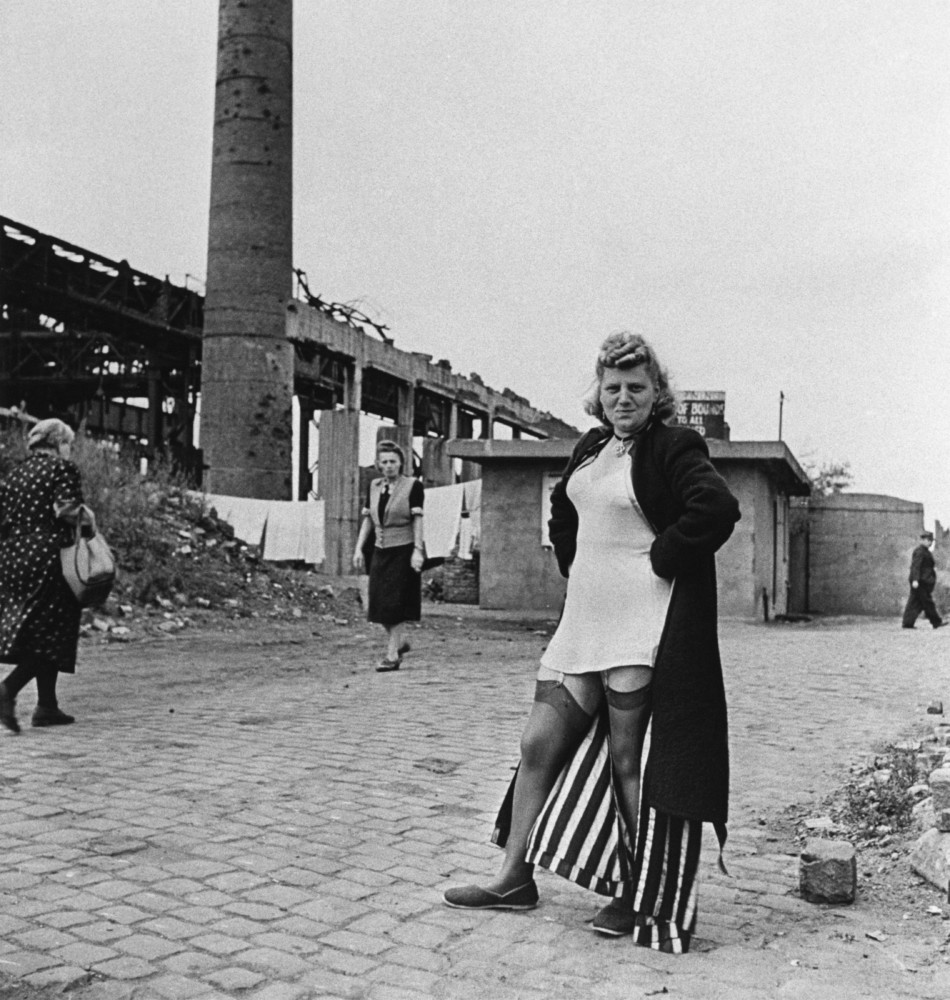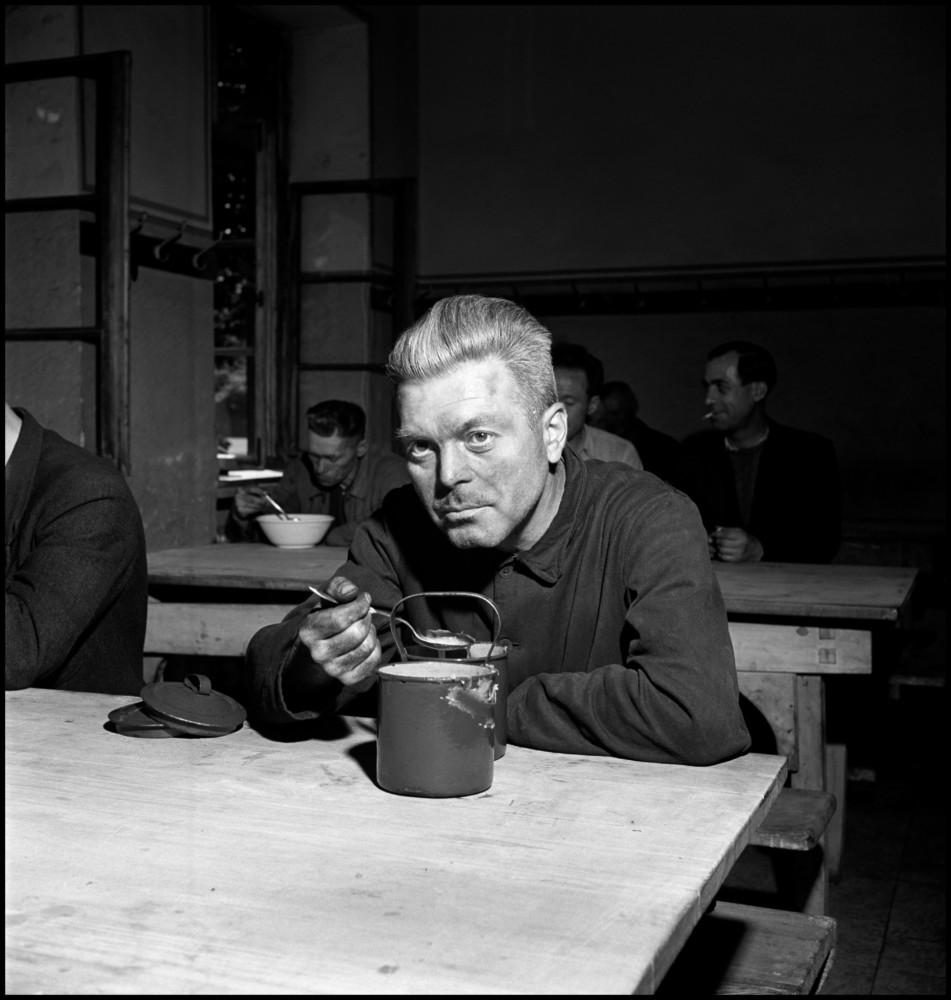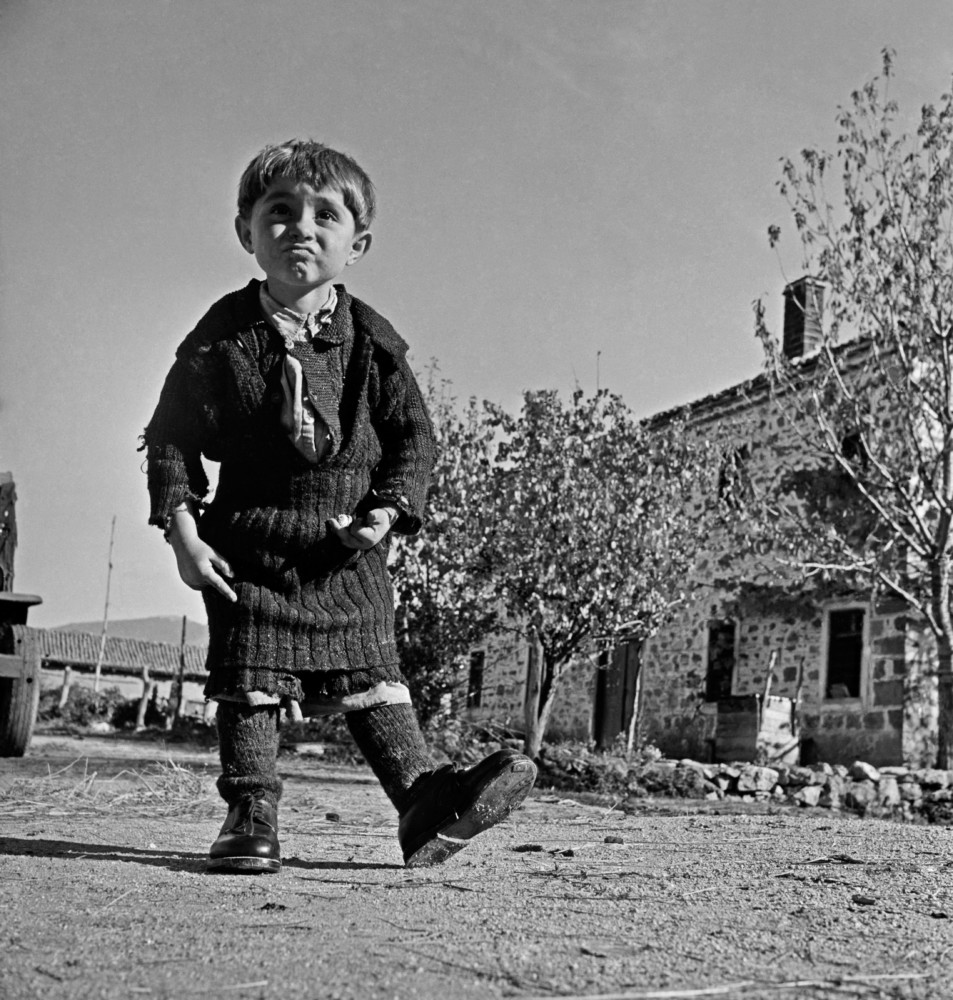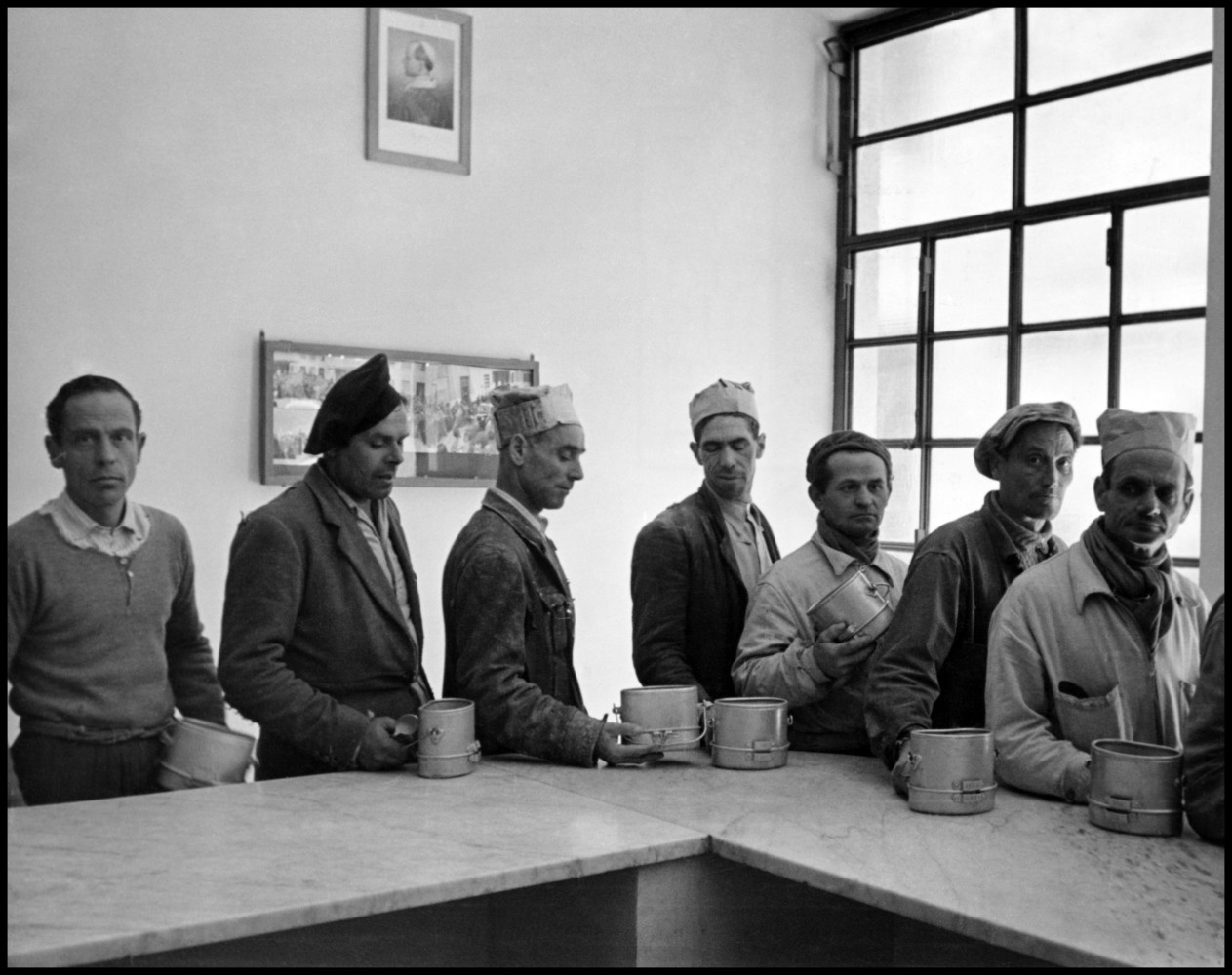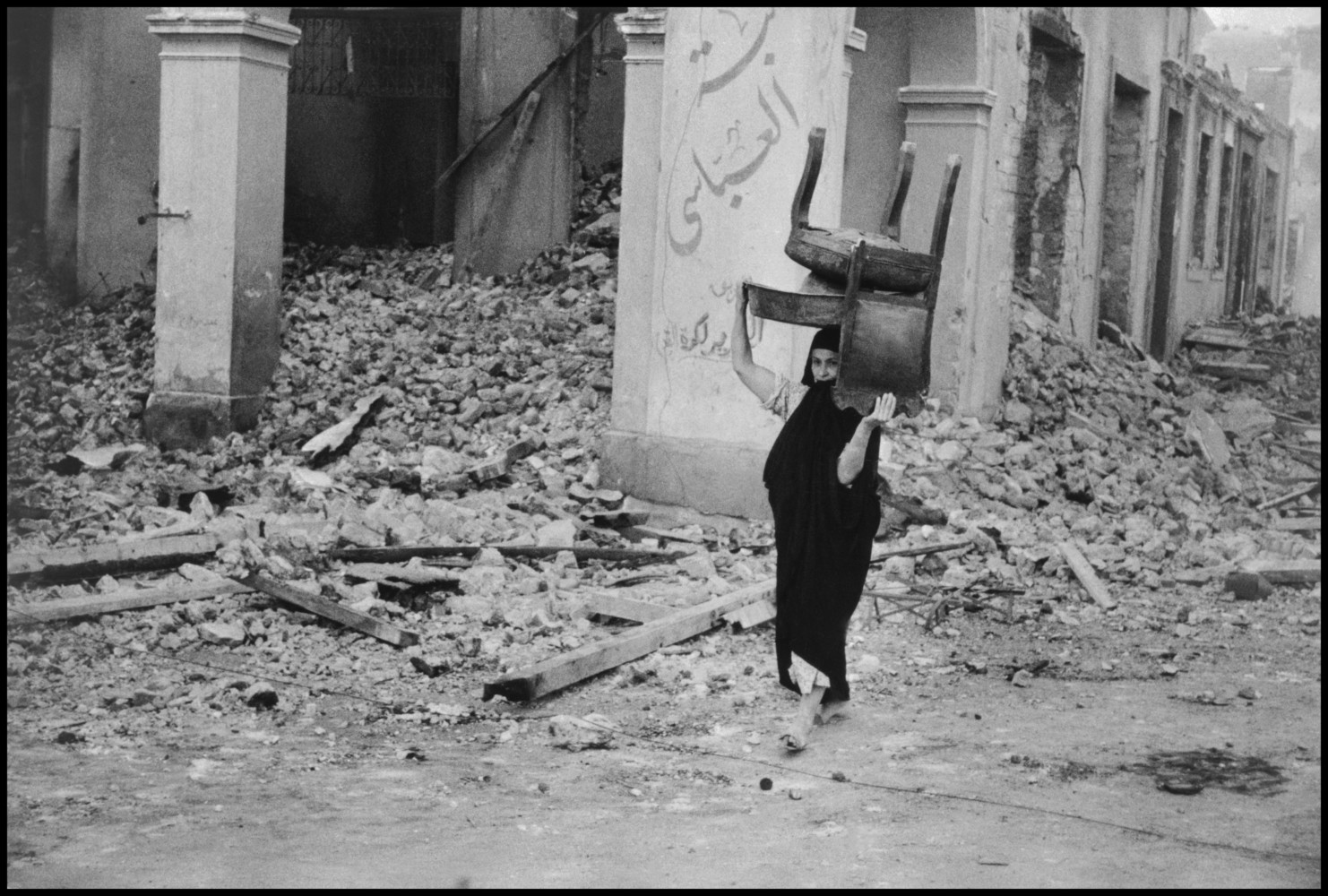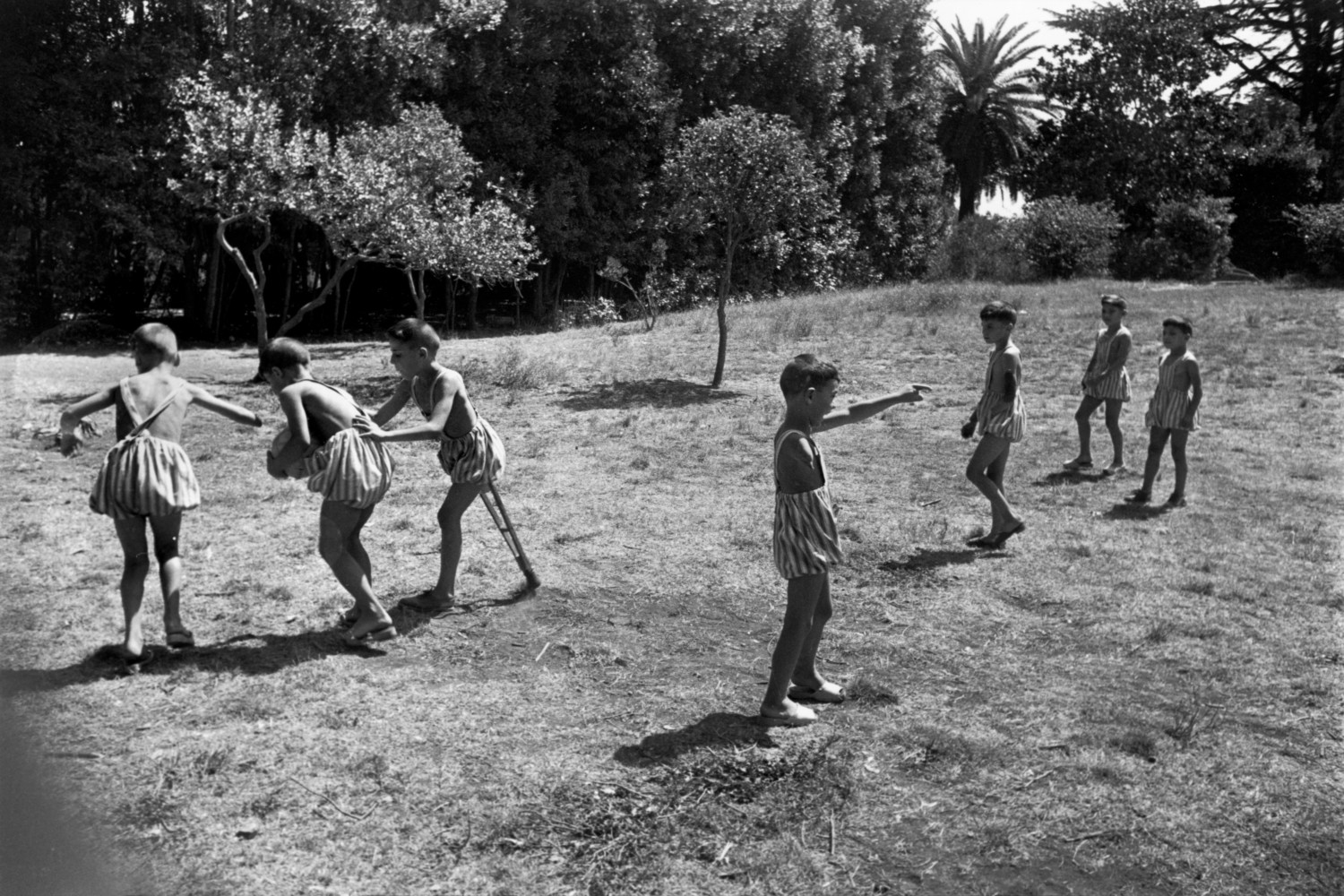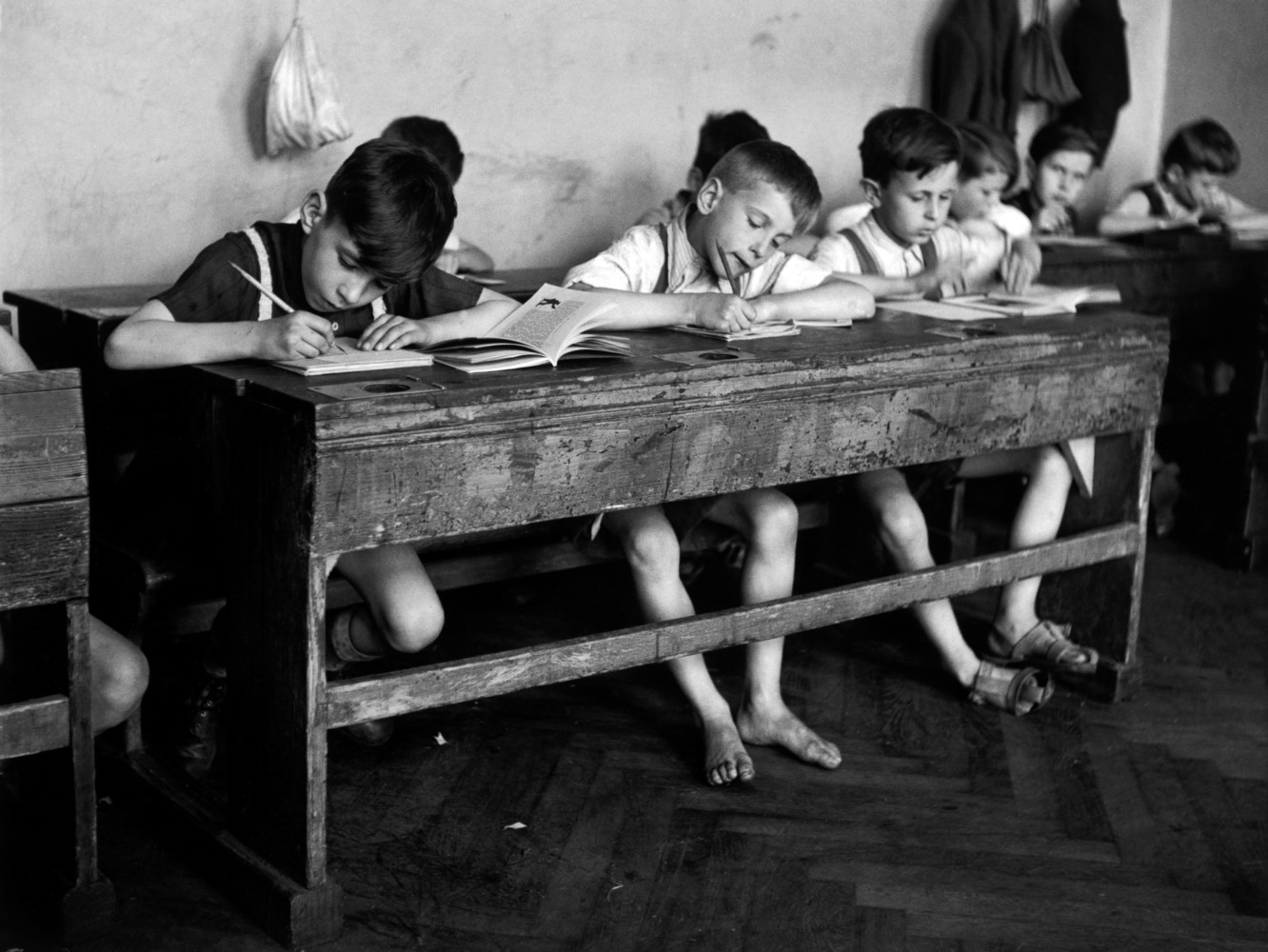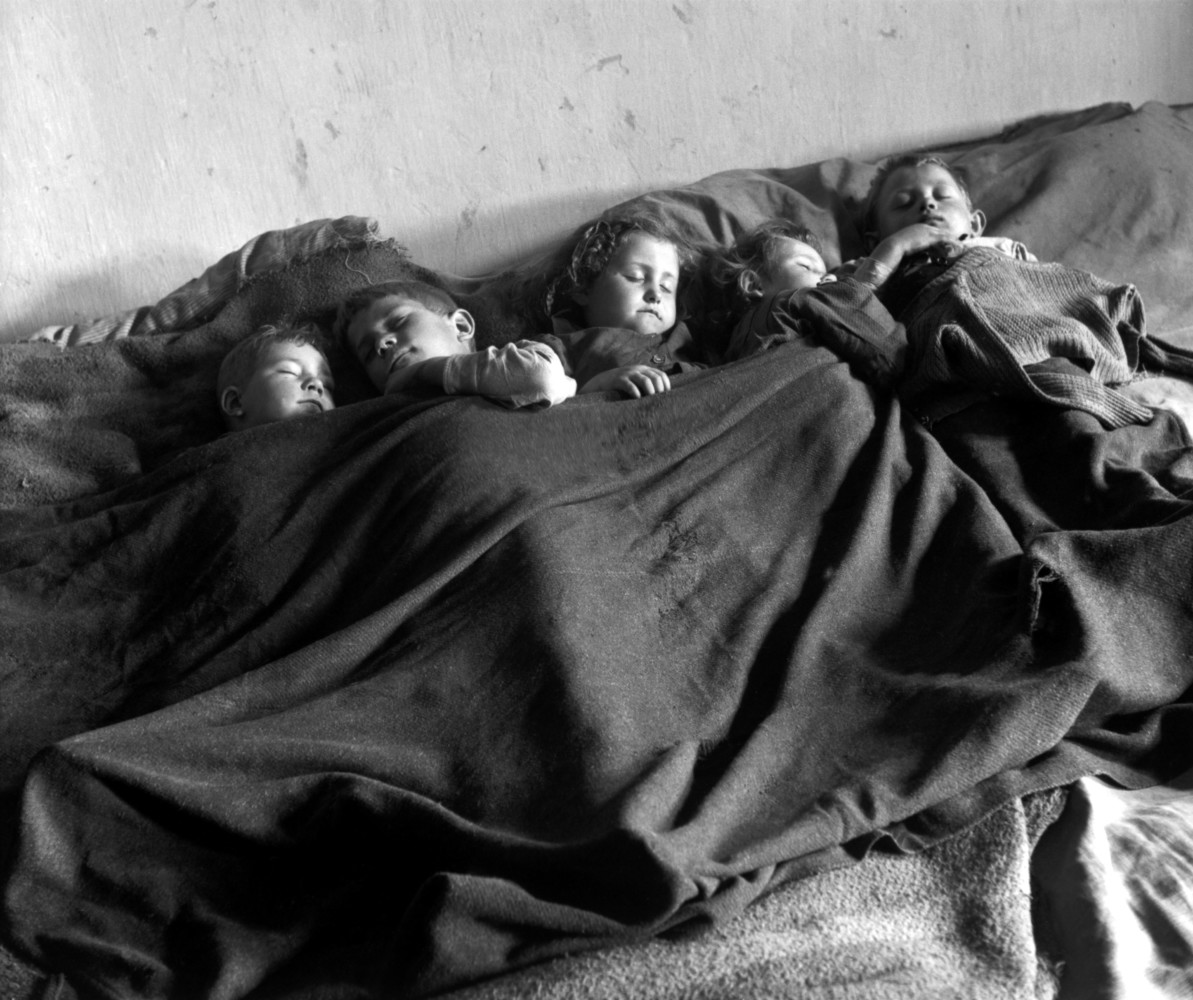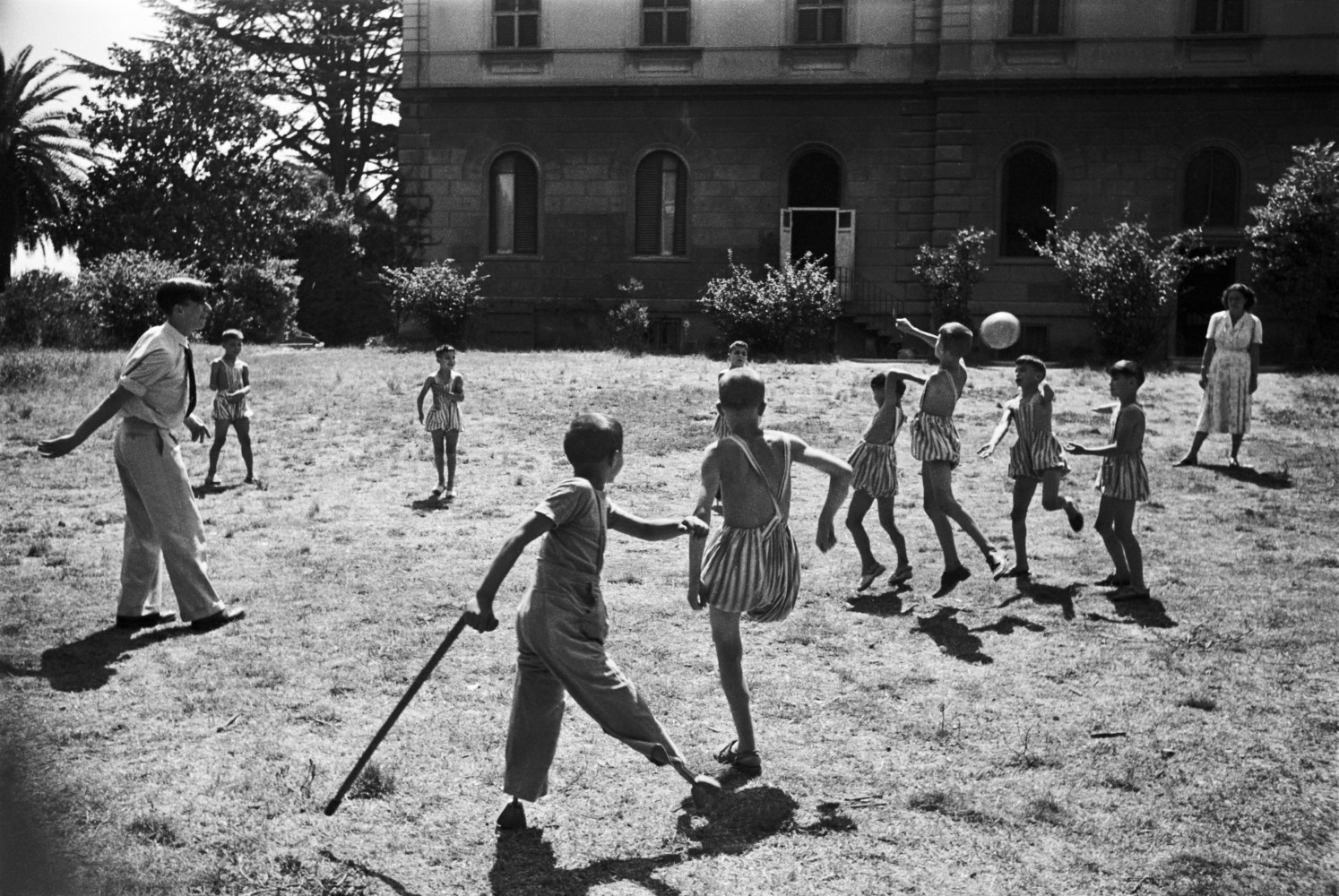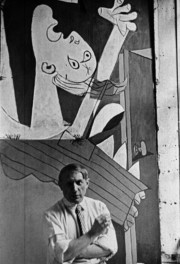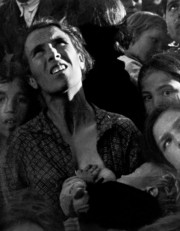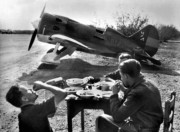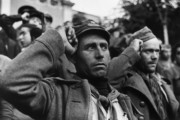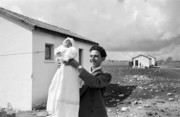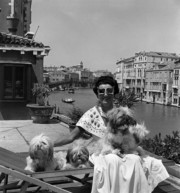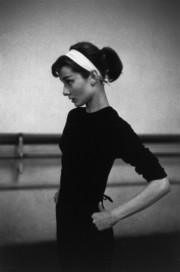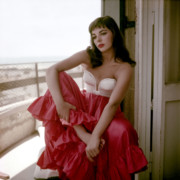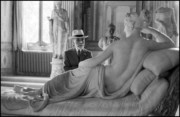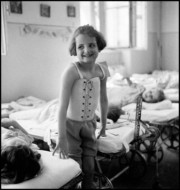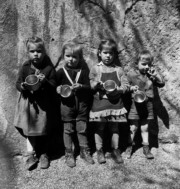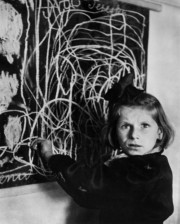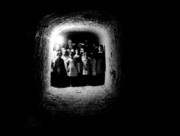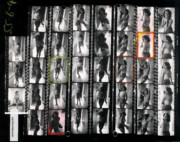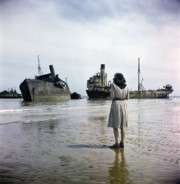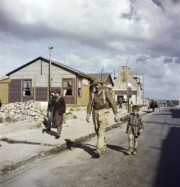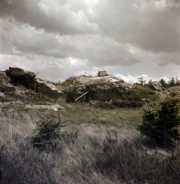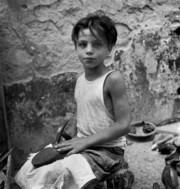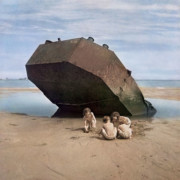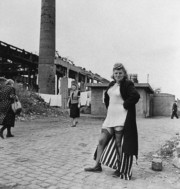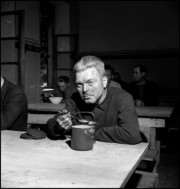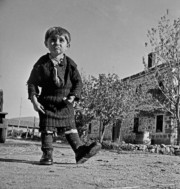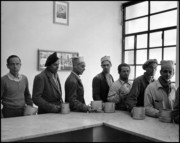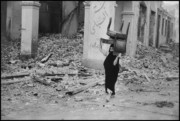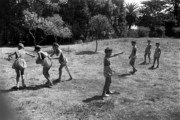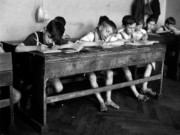David Seymour Spanish painter Pablo Picasso in front of his painting 'Guernica', at its unveiling at the Spanish Pavilion of the International World Fair held six weeks after the aerial bombing of the Basque vil (...)
lage of Guernica. The city was completely destroyed by an air raid on the 29th April 1937, it was claimed that the bombing had not been done by the Nationalist forces, but by the Condor Legion of the German air force under the direction of Franco's government. Picasso completed this monumental canvas which became an international symbol of the Spanish Republican cause. Paris, France. July 12th, 1937. © David Seymour | Magnum Photos
David Seymour | Spanish Civil War Soldiers of the International Brigades during the farewell ceremony. The International Brigades were made to leave Spain by the Jallander Commission, which ordered the departure of all foreign troo (...)
ps fighting alongside the Republicans and Franquists. Nevertheless the Germans and Italians continued to send over men and war supplies to Franco. The capital of Catalonia paid tribute to the International Brigades. During the ceremony, Dolorès Ibaburri, leader of the Spanish Communist Party, addressed the survivors of the International Brigades with her well-known "You are history! You are legend! [....] The blood spilt on our soil will not be sterile, it will be bear its fruit." Barcelona, Spain. October 28th, 1938. © David Seymour | Magnum Photos
David Seymour | Generation X The first child Miriam Trito born in the settlement of Alma. Eliezer Trito was in charge of the pipeline construction work to bring water from a source 3 miles away. He is seen here with the daught (...)
er he had with his wife Miriam. Israel, 1951. © David Seymour | Magnum Photos
David Seymour | Children of Europe This little girl, suffering from spinal tuberculosis, must wear a special stiff body jacket.
Tuberculosis had always been bad in Vienna, with a 50% increase in cases after the war. Despite the in (...)
tensive work of the anti-tuberculosis campaign the situation is still dangerous.
Bellevue Hospital for children. Vienna, Austria. 1948. © David Seymour | Magnum Photos
David Seymour | Children of Europe School children waiting to be fed in Vienna. School children are examined by the school doctor and listed into three categories. 1: healthy, 2: not so healthy,
3: 6 kilos underweight.
30% of Vie (...)
nna's postwar schoolkids were in category 3, 40% in 2. UNICEF fed the third category and part of the second, but the organization lacked the money to feed the second category entirely. One full meal per day in school is provided, UNICEF standing half the cost, and the Austrian Government the other half. © David Seymour | Magnum Photos
David Seymour SPAIN. Island of Minorca. Children take refuge in underground shelters to escape the bombings. Minorca is the only island that remains loyal to the Republic. Located directly across the Catalan coa (...)
st and close to the Franquist island of Majorca, its main town found itself in the path of the Italian Fascist army. 1938. © David Seymour | Magnum Photos
David Seymour | Children of Europe Elefteria, the only child not evacuated from her remote village during the ravages of the civil war there, receives her first pair of shoes from UNICEF. Chim wrote his own caption for the picture:
(...)
"For a long time four-year old Elefteria just stared at the new shoes. Finally, her grandmother was allowed to put them on her feet. Then the ice was broken. Elefteria ran through the village, laughing with delight. Her happiness was absolutely perfect." Oxia, Greece. 1947. © David Seymour | Magnum Photos
David Seymour ITALY. Rome. Villa Savoia. 1948. This home for crippled children is one of many such institutions in Italy to take care of the large numbers of maimed children. Organized formerly by King UMBERTO, (...)
this home still receives money from the late Royal family and is run by Catholic nuns. It has nearly 100 inmates, maimed by war, accidents, playing with war surplus ammunition etc. The blind learn to read braille and the others are taught how best to make use of the limbs they have.
Here some of the children play with a ball in the grounds of the Home. In spite of their missing limbs they have a lot of agility, and are encouraged to develop their remaining muscles with such exercise. © David Seymour | Magnum Photos
David Seymour | Children of Europe Displaced Persons Camp from the Sudetenland, an old arsenal, half-destroyed, which was given to the displaced persons. Here they live to work in Austrian farms and factories. From their places of (...)
work they have been given some materials to rebuild part of the arsenal. The nursery is run by the displaced persons themselves. 400.000 children in Austria get UNICEF food (all the children under 6 years old). Vienna, Austria. 1948.
A large family has crowded living conditions. © David Seymour | Magnum Photos
David Seymour | Children of Europe This home for crippled children is one of many such institutions in Italy to take care of the large numbers of mutilated children. Organized formerly by King Umberto, this home still receives money (...)
from the late Royal family and is run by Catholic nuns. It has nearly 100 inmates, mutilated by war, accidents, playing with war surplus ammunition etc. The blind learn to read braille and the others are taught how best to make use of the limbs they have.
Here some of the children play with a ball in the grounds of the Home. In spite of their missing limbs they have a lot of agility, and are encouraged to develop their remaining muscles with such exercise. Villa Savoia, Rome, Italy. 1948. © David Seymour | Magnum Photos
